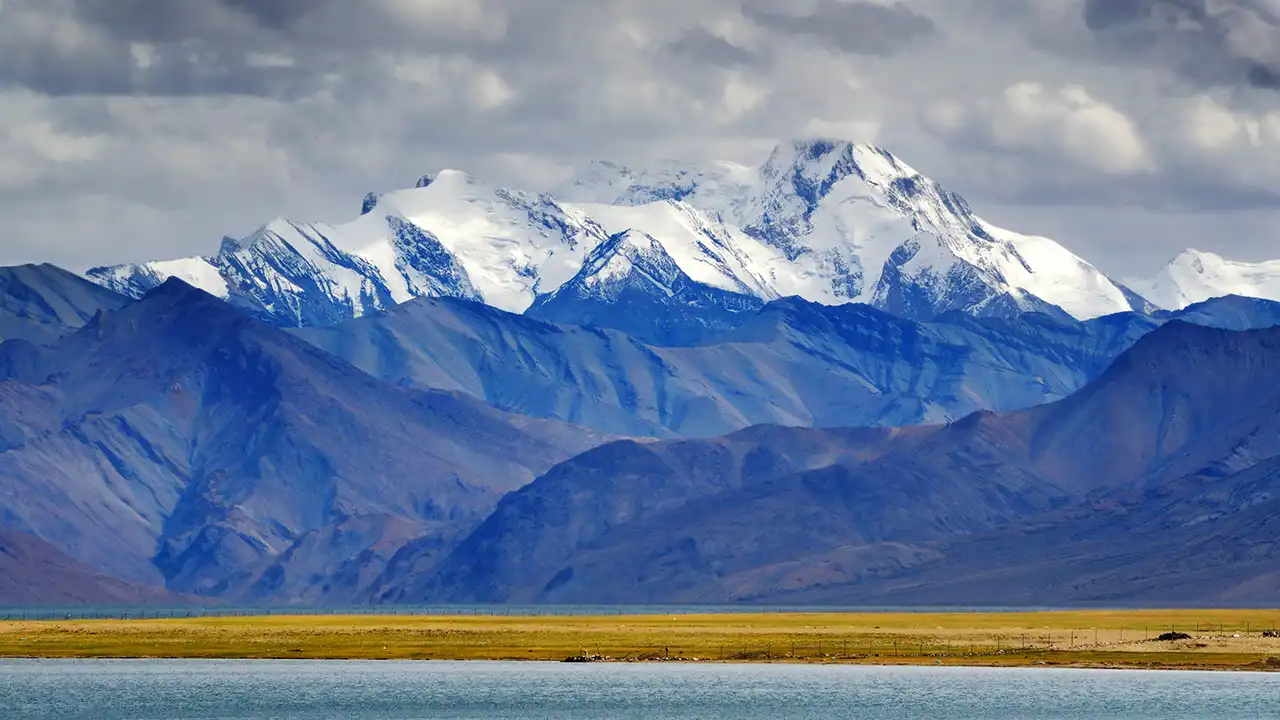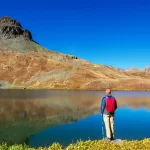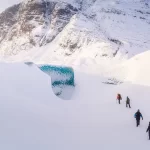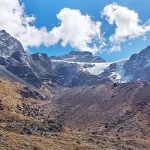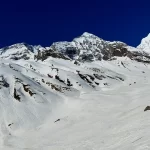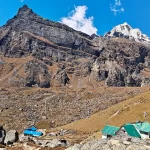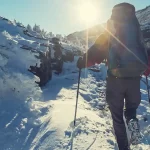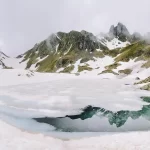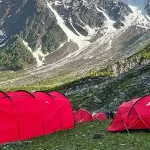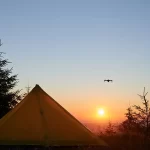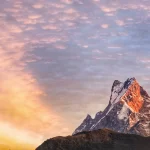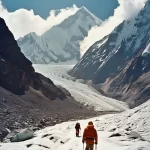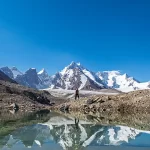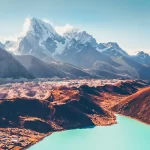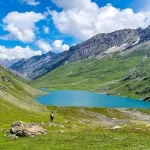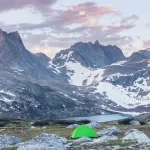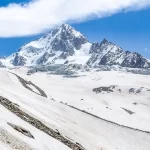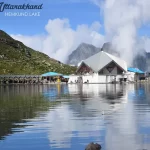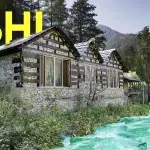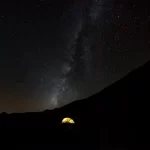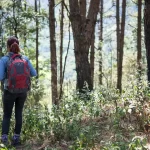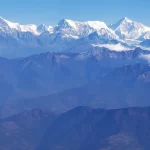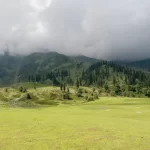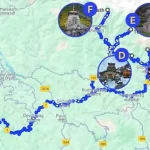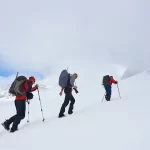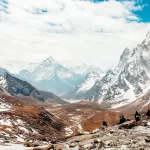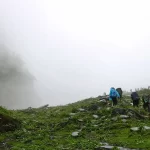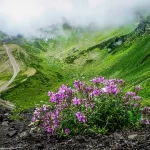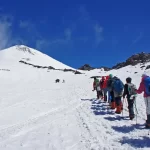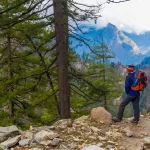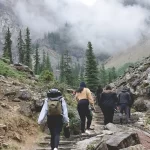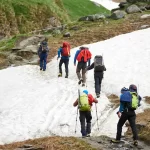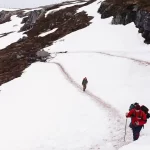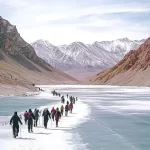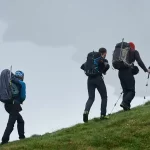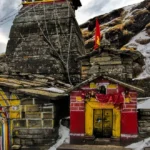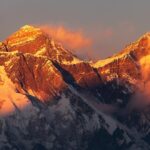Certain trips aren’t about distance — but faith. The Kailash Mansarovar Yatra, one of the world’s most sacred spiritual journeys, transports you far beyond the physical and into the soul of Himalayan holiness. Standing at an elevation of 6,638 meters, Mount Kailash is a mountain above mountains — it is Shiva’s home, the cosmic axis, and a representation of the eternal. At its foundation is Lake Mansarovar, a crystal-clear, high-altitude lake said to purify the soul of lifetimes of karma.
This yatra is more than just a trek — it’s a pilgrimage to silence, surrender, and awakening.
Why Take the Kailash Mansarovar Yatra?
Because it’s a once-in-a-lifetime trip, equally holy to Hindus, Buddhists, Jains, and Bon practitioners. The Mount Kailash Kora (walking around) is so hallowed that one parikrama is said to purify lifetimes of sin.
It’s a spiritually intense and physically rigorous trip — across high-altitude deserts, mountain passes, and ancient monasteries. The sheer isolation, coupled with the spiritual fervor, makes it one of the most life-changing experiences on the planet.
Yatra Highlights
Mount Kailash(6,638)
A flawless symmetry of black granite peak never ascended to — revered and unviolable by all traditions.
Lake Mansarovar (4,590 m)
A huge, crystal lake backdrop against snow-capped peaks. Pilgrims make ritual baths and do parikrama around its shores.
Kailash Kora / Parikrama
52 km mountain circuit, traversing Drolma La Pass (5,630 m) — physically demanding and spiritually uplifting path.
Darchen and Derapuk Monastery
The trekking starts and ends here, providing refuge, tales, and ancient whispers of piety.
Cultural Harmony
It is a melting pot of Hindu hymns, Tibetan prayers, Buddhist ceremonies, and Bon customs — all on the same path.
Day-by-Day Itinerary
(Note: Itineraries differ according to route — through Nepal, China, or India. This is a general outline for the Nepal route through Hilsa/Simikot.)
Day 1–3: Arrive in Kathmandu + Sightseeing & Briefing
Obtain permits, go for orientation, and tour holy sites such as Pashupatinath Temple and Boudhanath Stupa.
Day 4–5: Fly to Simikot, then to Hilsa – Enter Tibet through Taklakot (Burang)
Scenic flight and then entry into Tibet via border procedures. Rest and acclimatize at Taklakot (4,000 m).
Day 6: Drive to Lake Mansarovar (4,590 m)
Arrive at the holy lake. Conduct rituals, meditate along the shores, and bask in the serenity.
Day 7: Drive to Darchen, Prepare for Kora
Start the Kailash Kora from Darchen. Last-gear check and spiritual orientation.
Day 8: Trek to Derapuk (18 km)
A steady walk leads to Derapuk, with majestic views of the north face of Mount Kailash. Camp or stay in a local guesthouse.
Day 9: Trek to Zuthulphuk via Drolma La Pass (22 km)
The most challenging day. Cross the high Drolma La Pass (5,630 m). This section tests your faith, strength, and resolve.
Day 10: Complete Kora and Return to Darchen (12 km)
A gentle descent completes the Parikrama. Rest and reflect at Darchen.
Day 11–13: Return to Taklakot and Fly Back via Simikot to Kathmandu
Retrace your steps, carrying spiritual stillness and high-altitude memories back home.
Difficulty Level and Preparation
The Kailash Mansarovar Yatra is physically and mentally challenging due to high altitude, cold winds, and basic infrastructure.
Start preparing 6–8 weeks prior with:
- Stamina training – brisk walks, hill climbs, or cardio workouts
- Mental toughness – meditate or use breathing exercises
- Training treks – trek with a heavy pack
- Stay hydrated throughout and familiarize yourself with AMS (Altitude Mountain Sickness) symptoms
This trek is suitable for individuals above 18 and up to 70 years, with good health.
Best Time to Visit
Best months are:
- Mid-May to September
At this time, weather is comparatively stable, passes are open, and visibility is good. Do not go in winter and monsoon months because of snowfall and strong winds.
Permits and Guidelines
- Tourism through registered agencies is compulsory (for foreign tourists in particular).
- Tibet tour permit, Chinese visa, pass of the Kailash area, and medical fitness are necessary.
- Inner Line Permits may be required for some routes.
Guidelines:
- Follow all religious traditions and altars
- No photography at restricted areas
- Do not try to climb Kailash
- No tobacco, meat, or alcohol consumption during Yatra
- Bring valid passport (with 6 months’ validity) and several photocopies
Accommodation and Packing Essentials
Stay:
- Guesthouses and simple dorms along the way
- Tents close to Mansarovar and along Parikrama (depending on operator)
Packing Necessities:
- Down jacket, warm thermals, windproof coat
- Trekking shoes, gloves, and woolen cap
- UV sunglasses, sunscreen, lip balm
- Sleeping bag (rated sub-zero)
- Water bottle, dry snacks, high-energy bars
- Power bank, torch/headlamp
- Basic medication and AMS kit
- Passport and important documents in waterproof container
A Walk to the Centre of the Universe
The Kailash Mansarovar Yatra is not about getting to a lake or going around a mountain. It’s about leaving time and ego behind. It’s about becoming small in front of something that is ageless. The cold will nip, the air will be thinner — but something within you opens up.
For each step on that path, you shed something behind — a worn doubt, a regret, a burden. And upon your return, you are no longer the same person who set out on it. Because some roads don’t just lead you to places — they lead you closer to who you are.

